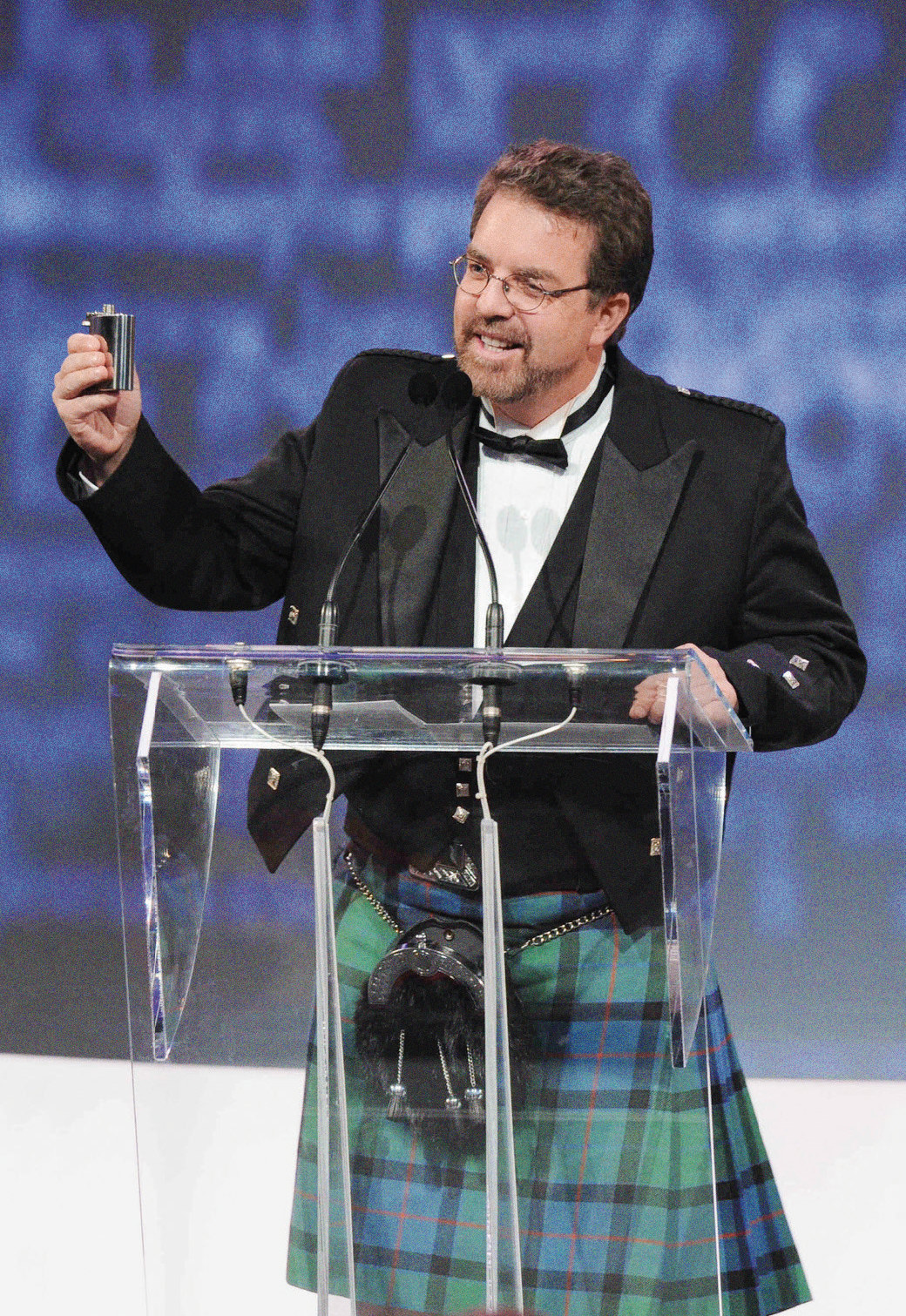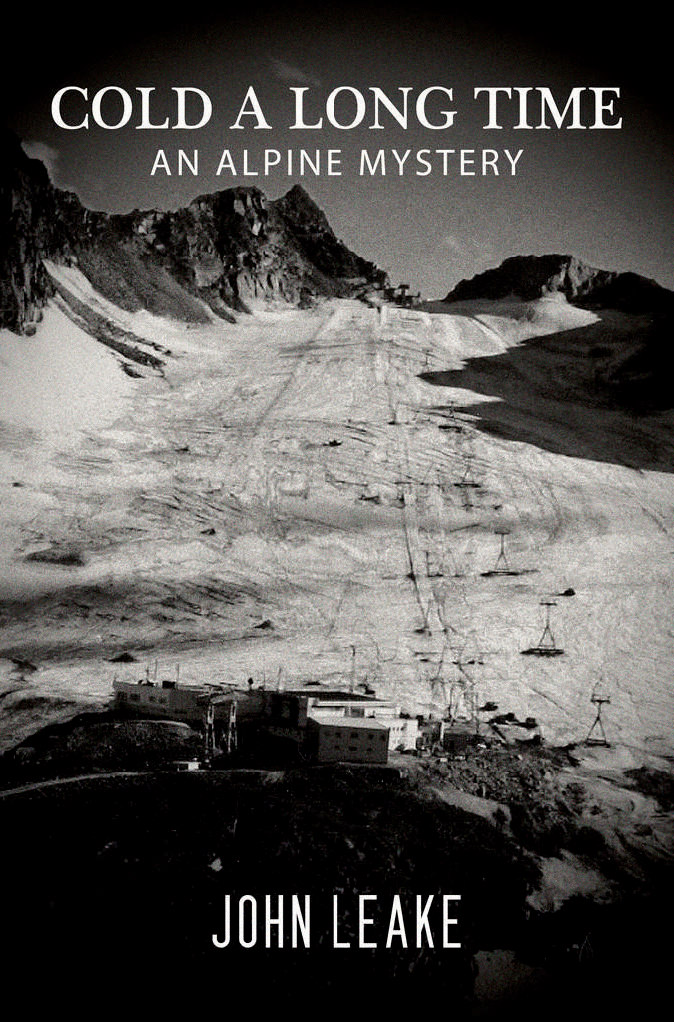-
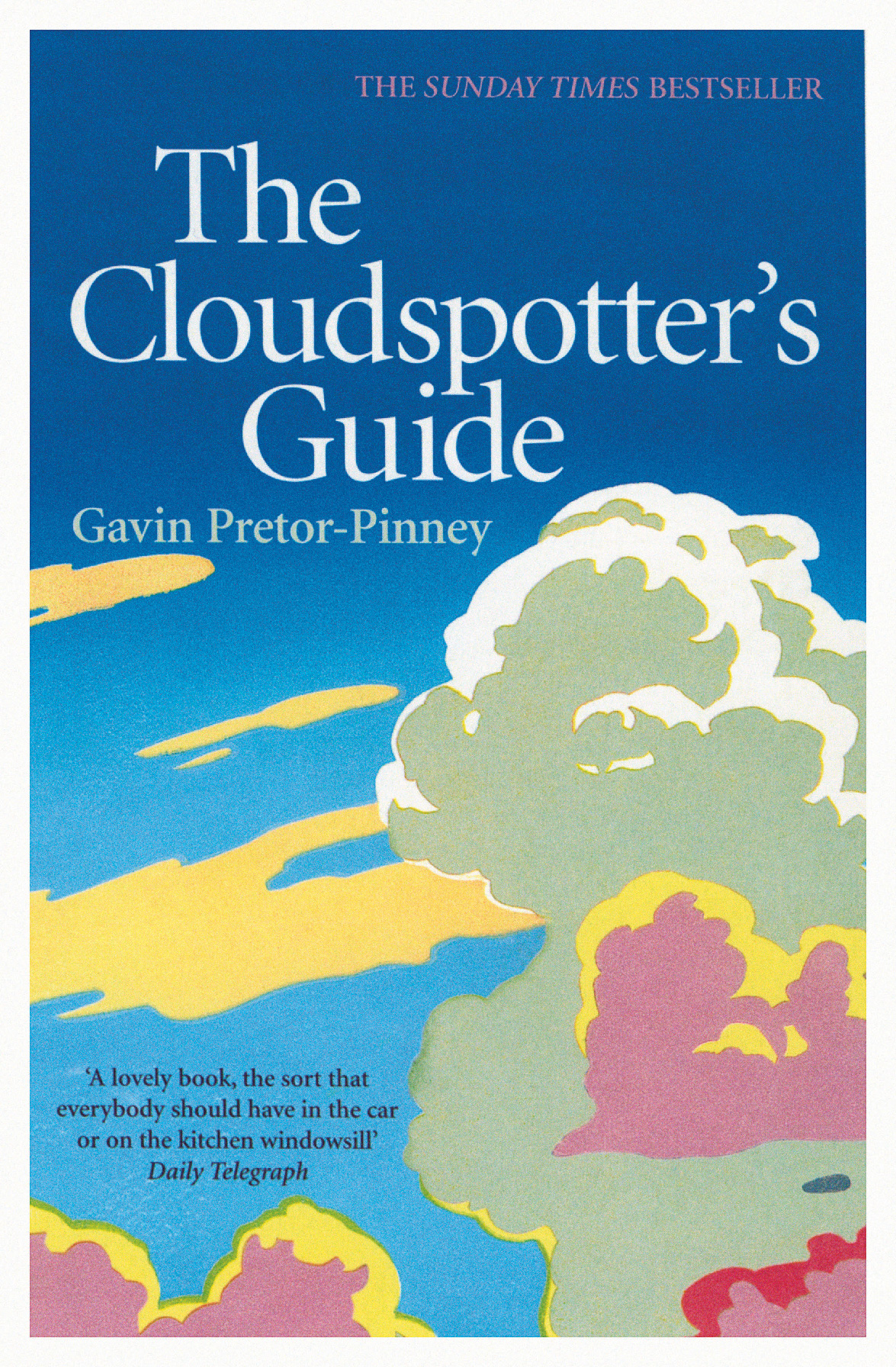
The Cloudspotter’s Guide by Gavin Pretor-Pinney.
-
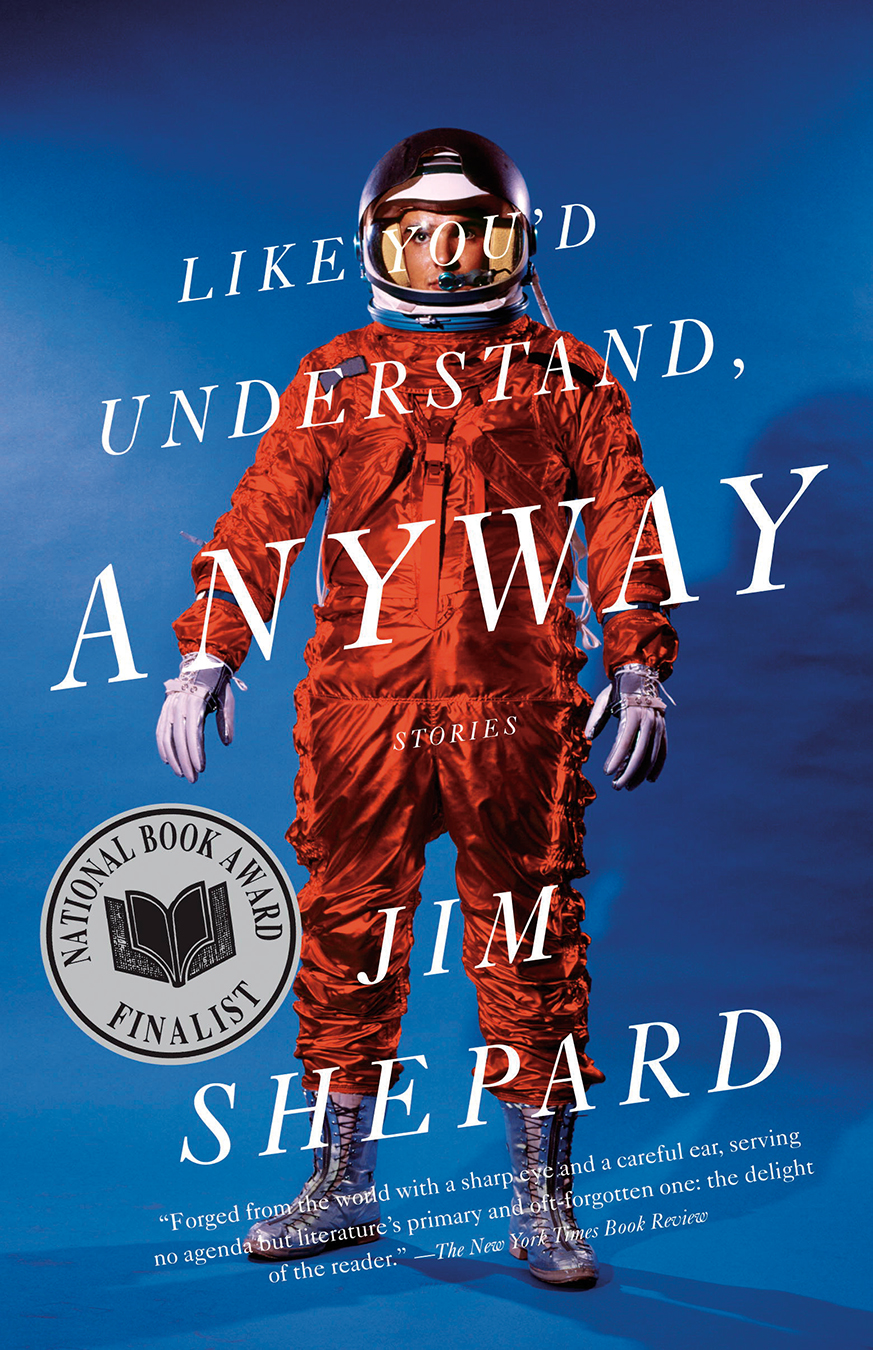
Like You’d Understand Anyway by Jim Shepard.
-

Vermeer In Bosnia by Lawrence Weschler.
-
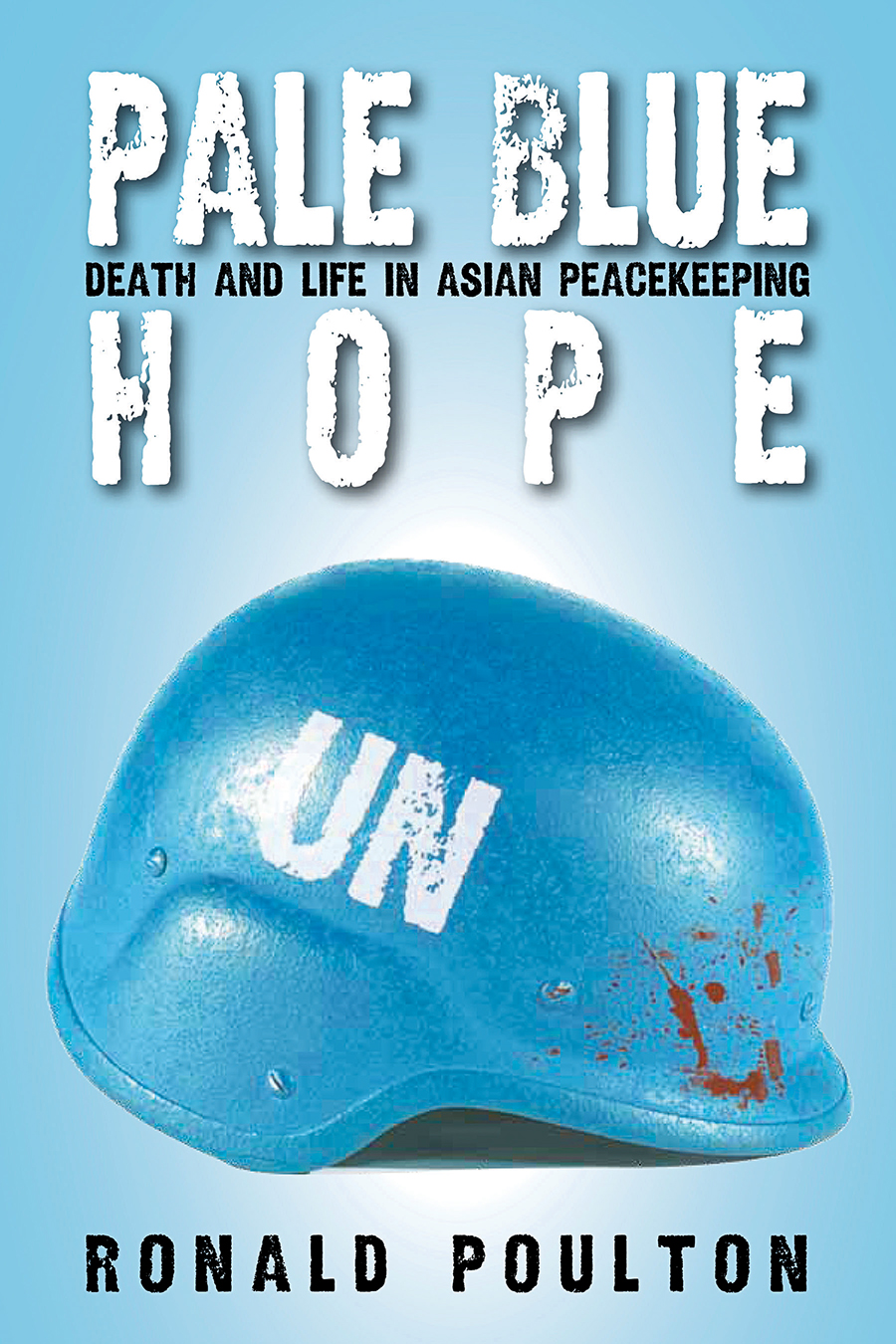
Pale Blue Hope: Death And Life In Asian Peacekeeping by Ronald Poulton.
Off The Shelf: Odds And Endings
Books by Gavin Pretor-Pinney, Jim Shepard, Lawrence Weschler, and Ronald Poulton.
When young fiction writers tell me they have ideas for novels I always tell them to get lost. Not (usually) in the sense of “leave me alone”, but rather of writing away from predetermined paths, forgetting the big ideas, which usually reduce to themes, and thinking instead of language and character. And yet, at heart, I am a believer in themes—so long as they grow as organically as everything else worth its space in the world of print—which is why I’ve tended to gather titles in this column under themes, however general at times. The problem with this approach is that good books that don’t fit the themes can go missing. Over the past couple of years a few books that I’ve been meaning to write about have had to wait, and so I put forward this column as a miscellany of good books, three old, one new, of the sort readers might only find if they were to get lost.
The Cloudspotter’s Guide by Gavin Pretor-Pinney is, as the title suggests, a reference book with a note of whimsy. Pretor-Pinney offers the confected argument that clouds are underappreciated and misunderstood, the sort of premise one might expect in a treatise on gravel, but not long into the book, we realize that he’s right. Clouds are even more various and beautiful than we might imagine, and no amount of clichéd poetry can ruin their ongoing wonder. The book is organized cloud by cloud, moving up through the atmosphere from cumulus and stratus all the way to noctilucent clouds, which form 80 kilometres above the Earth’s surface. Much like a bird guide, the book offers photos, varieties, a list of common confusions in identification, and, of most value, narratives, both about the formation and life of the clouds, and of the people who’ve studied them, or encountered their beauty and force.
One such story, from the summer of 1959, is of U.S. Air Force pilot, Lieutenant-Colonel William Rankin, whose jet engine seized at 47,000 feet, at a speed of Mach 0.82. Rankin had been climbing to avoid flying into a massive cumulonimbus cloud, the kind that produces thunder storms, lightning, and sometimes tornadoes, and he was directly above the cloud when he was forced to eject. Knowing that to fall from such a height meant he would likely die of decompression, or from the -50ºC temperature met at unthinkable speeds, the ice in the clouds, or the lightning, he ejected. The story of his fall—taken down and then up again on massive updrafts, his body expanding and freezing as electrical bolts fired around him, “huge blue blades, several feet thick”—and of his unlikely survival is a reminder that although it’s okay to look at clouds from the outside, it’s not so great to be forced to look at one from the inside, having been swallowed by it.
As The Cloudspotter’s Guide sweeps us through atmospheric space, Like You’d Understand, Anyway, a vertiginous book of short stories by Jim Shepard, moves us across history, from the Terrors in France to Victorian Australia to high school football culture in Texas. Though so described, this might sound like a random collection of fictions, the theme here is love as it’s complicated by the eruptions of human event. “Eros 7” is set in Kazakhstan in 1963. The story is narrated by the first woman in space, Valentina Vladimirovna Tereshkova, in the days before and then long after the mission. She tells us that though she finished below a woman named Solovyova in the physical and psychological testing, Solovyova “gave improper replies in the final interviews. … She maintained that a woman could smoke and still remain decent. She was unapologetic for having traveled unescorted into town,” whereas Valentina said that “she wished to support the Komsomol and the Communist Party.” In fact, Valentina’s greatest joy at having been chosen for the mission is that the man she loves, though will never marry—“a Hero of the Soviet Union” named Valery Bykovsky—is already in orbit. Once she is in space, twice a day “during the parabolas of our orbits, we’ll approach to within less than two kilometers of each other.” The story’s theme of passion repressed, then expressed unto defeat by the very time of its flowering has echoes of Chekhov. It’s to Shepard’s credit that he can do justice to such an extreme moment in the human chronicle.
The collection’s best story presents a different kind of vastness. It begins, “I am Aeschylus son of Euphorion of Eleusis and I’ve come this day with my brother to take my place in the line with my tribe to meet the invader where he disembarks and drive him back into the sea.” Aeschylus, of course, is the earliest of the great playwrights of classical Greece, who was present at the Battle of Marathon, and whose play The Persians tells of the same event that Shepard’s Aeschylus stands before. The story digresses to tell of his boyhood, and especially his love of his nearest brother, Kynegeiros. Very few novels, let alone stories (this one’s just 13 pages long) so elegantly and movingly describe brotherly love. Aeschylus and his family are aware of his difference from most young men, especially his preternatural relation to words. “And my head was becoming an open gate that the world streamed through. Brothers muscles honey wine stones.” Kynegeiros, while protective of him, also loses patience with Aeschylus, and abandons him for hours, leaving him to wonder “by what miracle was the dust and the rock around me transformed into speech? When he talked to me it was like a duet in which the other voice is silent. … But whenever he talked to Anacreon about me, he’d say, My Aeschylus this, and My Aeschylus that.” The story ends brilliantly, as the battle is about to begin, and yet also reaches far beyond the battle, in the ongoing mysteries of blood.
I put forward this column as a miscellany of good books, three old, one new, of the sort readers might only find if they were to get lost.
Lawrence Weschler’s Vermeer in Bosnia is a collection of essays and articles from the former staff writer for The New Yorker magazine. Weschler meets his subjects—artistic, historical—with a remarkable imagination, capable of inspired associations that lead him at times to observations that could by no other routes be earned. In a section on Polish “survivors” (which includes profiles of Jerzy Urban, a media and political figure in Poland, and Art Spiegelman) is a 70-page piece on Roman Polanski. Weschler tries and largely succeeds to see in the filmmaker something of the young boy who barely survived the Holocaust. One of Polanski’s friends, we’re told, once asked him how he endured the horrors of his boyhood. “Roman replied that it hadn’t been that difficult. ‘As children, we adapted and even took it as the norm. It was trying to live a normal life afterward that was difficult.’ ”
The book’s other sections are on Los Angeles, grandfathers and daughters, visual artists, and the Balkans. In the title piece, Weschler is in the Hague at the Yugoslav War Crimes Tribunal, hearing stories of unspeakable horror, when he takes a break to view the Vermeers at the Mauritshuis and the Rijksmuseum in Amsterdam. He finds that Vermeer’s works address what one critic calls “the only issues that … count in our benighted times—freedom, autonomy, fairness, love.” Vermeer produced these works when “all Europe was Bosnia”, convulsed by war, mass displacement, religious persecution, “proto-nationalist formation”, and “at-the-time unprecedented violence and cruelty”. As the tribunals continue, Weschler finds ever more in the Vermeers, and the paintings sharpen his sense during the trial that “the entire Yugoslav debacle has been taking place in a context wherein the Other, even one’s own neighbor, is suddenly being experienced no longer as a subject like oneself, but as an instance, a type, a vile expletive.” The essay is a rare example of relevant, full-hearted, and truly intelligent criticism.
Some books you might have to get lost to find only because they’re published by small presses, with little money for marketing. Such is the case for Ronald Poulton’s Pale Blue Hope: Death and Life in Asian Peacekeeping. I’ll say up front that I blurbed this book and did so because it’s so compelling and so well told. Poulton, a Canadian, worked as a human rights lawyer for the United Nations in the 1990s. The main part of his story involves his role as an investigator in the killing of four UN observers, called Team Garm, in Tajikistan in 1998. En route to Tajikistan, Poulton learns that the UN head of security in the country, an American, has just been assassinated, and the Americans are pulling out. The place is simply too dangerous. What Poulton finds when he reaches Dushanbe, the Tajik capital, is a world ruled by fear and suspicion. As he investigates the murders and then becomes an observer at the trials of those arrested in the killings, Poulton feels the vulnerability of his position. The UN itself complicates his work, and he is forced to rely on locals to help him. Poulton illuminates the world of UN workers and the particular ways in which Tajikistan opens for him, even as it confounds him with its brand of impenetrability.
When the UN sends psychiatrists to assess the mental health of its workers, one suggests to the group that a good coping mechanism is to watch the locals to understand which kind of behaviour is best suited to life in Dushanbe.
A veteran peacekeeper put up her hand. “The locals don’t stay out after dark because they know someone will try to rob or kill them,” she said. “They stay at home and worry.”
The stuttering began. “Well, ah, yes … Well, there must be something you can think of to alleviate the stress.”
“They are trying to kill us,” she said.
“That may be a slight exaggeration.”
“Garm is dead!”
The psychiatrists or psychologists left Tajikistan recommending that we be given more funds to build an off-duty activity room. … Ping-Pong was suggested. We took the money and built a bar and got drunk, a lot.
In one section, Poulton revisits (or, more accurately, is haunted by) his experiences with the UN in Cambodia in the early 1990s. The story here is just as compelling and we recognize in Poulton’s attempts to investigate political murders similar frustrations and dangers. By the time he returns us to Tajikistan, and we learn that the trial has become compromised by political interests, we understand the daunting complexities that face all those struggling to set right the parts of the world that have gone so wrong.

